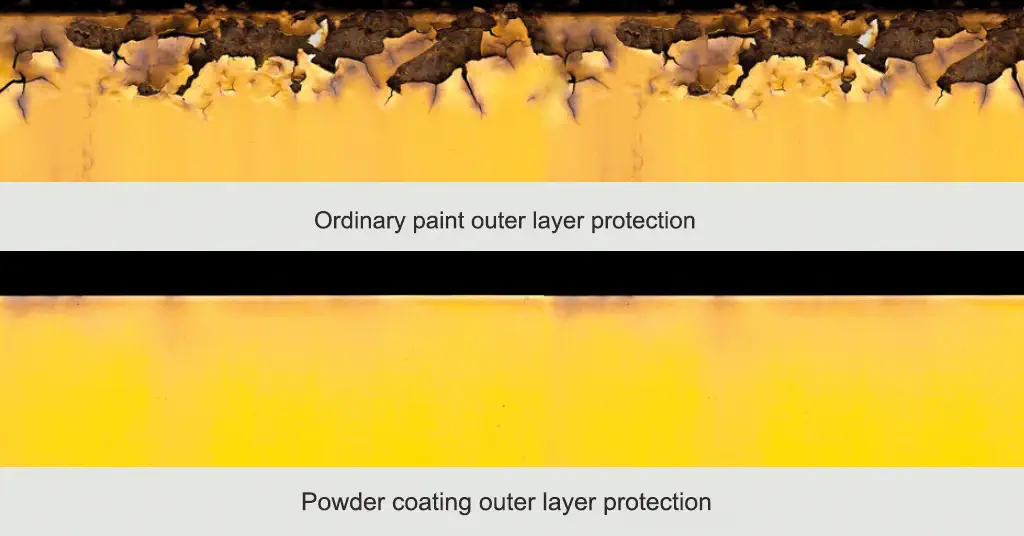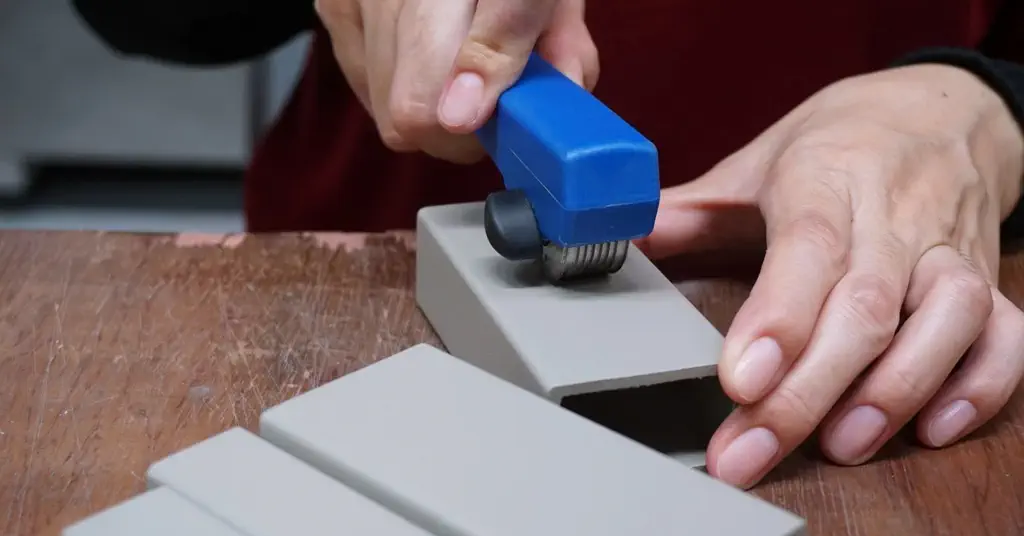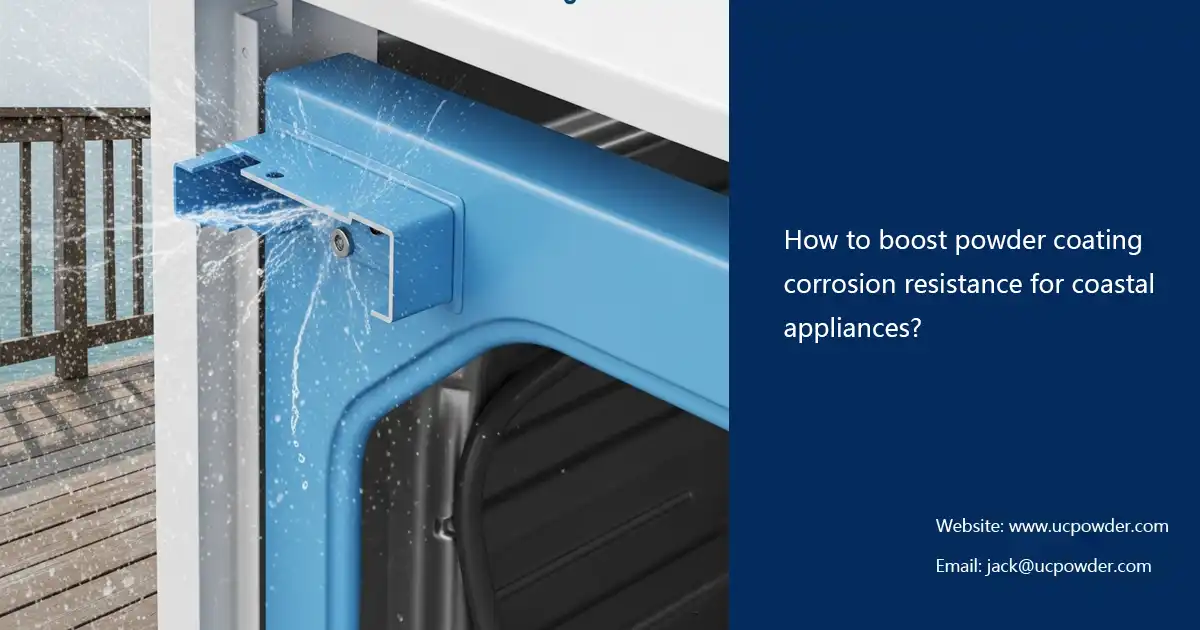Basic Requirements and Process for Powder Coating Application on Marine Steel Surfaces
Marine steel surfaces face harsh conditions. Saltwater, humidity, UV exposure, and mechanical stress can cause corrosion, leading to safety risks and high maintenance costs. Powder coating is a reliable solution for protecting ships, offshore platforms, and marine equipment.
However, proper application is critical for achieving optimal performance. This article outlines the basic requirements and step-by-step process for powder coating application on marine steel surfaces. Follow these guidelines to ensure durable corrosion protection.
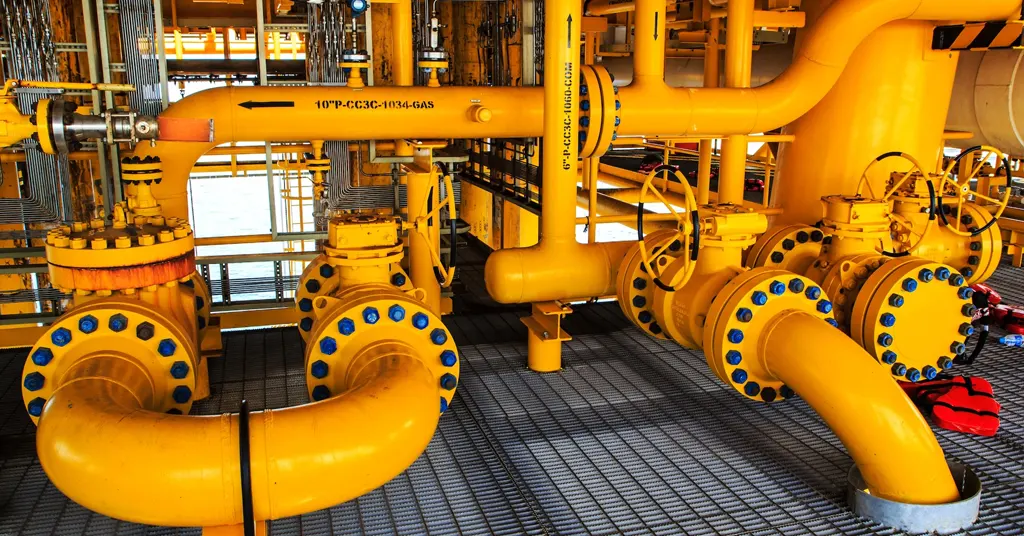
Why Proper Powder Coating Application Matters
Powder coating is a dry finishing process. It uses electrostatically charged powder particles that are sprayed onto a surface and cured under heat. The result is a durable, protective layer that resists corrosion, chemicals, and UV damage.
In marine environments, improper application can lead to:
- Poor Adhesion: Coating may peel or crack, exposing steel to corrosion.
- Uneven Coverage: Thin areas are prone to rust and wear.
- Reduced Durability: Premature coating failure increases maintenance costs.
Following the right requirements and process ensures long-lasting protection for marine steel surfaces.
Basic Requirements for Powder Coating Application
1. Surface Condition
- Steel surfaces must be clean, dry, and free from contaminants.
- Remove rust, grease, oil, dirt, and old coatings to ensure proper adhesion.
- Use sandblasting, chemical cleaning, or mechanical grinding for surface preparation.
2. Environmental Conditions
- Apply powder coating in a controlled environment to avoid moisture and dust.
- Maintain temperature between 15–30°C and humidity below 75%.
- Avoid windy conditions during application to prevent powder drift.
3. Equipment and Tools
- Use an electrostatic spray gun for even powder application.
- Ensure curing ovens are available for heat treatment (180–200°C).
- Use personal protective equipment (PPE) like masks, gloves, and goggles for safety.
4. Coating Selection
- Choose marine-grade powder coatings, such as epoxy, polyester, or polyurethane.
- Select coatings that meet industry standards, like ISO 12944 or NORSOK M-501.
- Ensure coating thickness (60–150 microns) matches the application requirements.
5. Skilled Personnel
- Employ trained applicators with experience in marine powder coating.
- Ensure workers understand surface preparation, application, and curing techniques.
Step-by-Step Process for Powder Coating Application
Step 1: Surface Preparation
- Clean the Surface: Remove grease, oil, and dirt using degreasers or solvents.
- Remove Rust and Old Coatings: Use sandblasting, wire brushing, or chemical cleaners.
- Profile the Surface: Sandblast to create a rough texture (Sa 2.5 standard per ISO 8501-1).
- Inspect the Surface: Ensure no contaminants remain before proceeding.
Step 2: Priming (Optional)
- Choose a Primer: Use zinc-rich powder primers for galvanic protection.
- Apply the Primer: Spray evenly using an electrostatic gun.
- Inspect the Primer: Ensure uniform coverage and adhesion.
Step 3: Powder Application
- Set Up the Equipment: Adjust the spray gun for even powder flow.
- Apply the Powder: Spray the powder onto the grounded steel surface. The electrostatic charge ensures adhesion.
- Ensure Even Coverage: Cover all areas, including edges and complex shapes.
- Check Thickness: Use a dry film thickness (DFT) gauge to measure coating thickness (60–150 microns).
Step 4: Curing
- Preheat the Oven: Set the curing oven to 180–200°C.
- Place the Coated Surface: Ensure even heat distribution in the oven.
- Cure for the Required Time: Typically 10–20 minutes, depending on the coating type.
- Cool the Surface: Allow the surface to cool naturally after curing.
Step 5: Quality Inspection
- Check Thickness: Use a DFT gauge to verify coating thickness.
- Test Adhesion: Perform a cross-hatch test (ASTM D3359) to assess bonding strength.
- Inspect Appearance: Look for defects like orange peel, pinholes, or uneven coverage.
- Conduct Corrosion Tests: Perform salt spray tests (ASTM B117) to evaluate corrosion resistance.
Key Considerations for Marine Powder Coating Application
1. Harsh Environmental Conditions
- On-Site Application: Use portable sandblasting equipment and curing ovens for shipyard applications.
- Weather Monitoring: Avoid applying powder coating during rain, high humidity, or extreme temperatures.
2. Coating Type Selection
- Underwater Surfaces: Use epoxy or zinc-rich coatings for maximum corrosion resistance.
- Above-Water Surfaces: Choose polyester or polyurethane coatings for UV and weather resistance.
- High-Wear Areas: Opt for polyurethane coatings for impact and abrasion resistance.
3. Safety and Compliance
- Worker Safety: Provide PPE and ventilation to protect applicators from powder dust and fumes.
- Environmental Compliance: Ensure coatings meet VOC limits and marine industry regulations.
4. Maintenance and Touch-Ups
- Inspect Regularly: Check coatings for damage during routine ship maintenance.
- Repair Damaged Areas: Clean and reapply powder coating to damaged spots for continued protection.
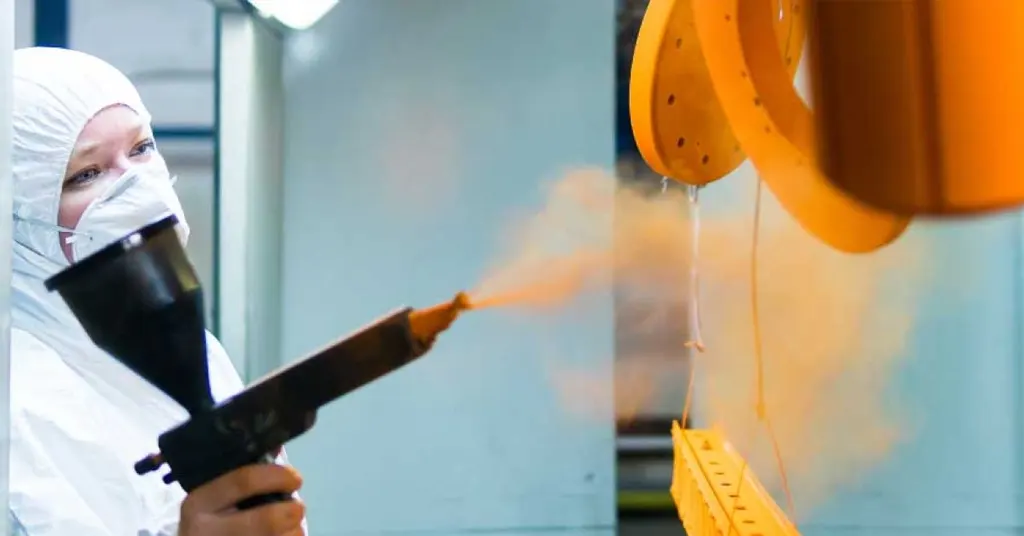
Conclusion
Proper powder coating application is essential for protecting marine steel surfaces. By meeting basic requirements and following the step-by-step process, you can ensure durable corrosion protection for ships, offshore platforms, and marine equipment. Surface preparation, priming, powder application, curing, and quality inspection are critical steps for success.

Erik
Doctor of Chemical Engineering, expert in the field of powder coatings, with over 20 years of professional experience in the research and application of powder coatings
Have Anything To Ask Us?
